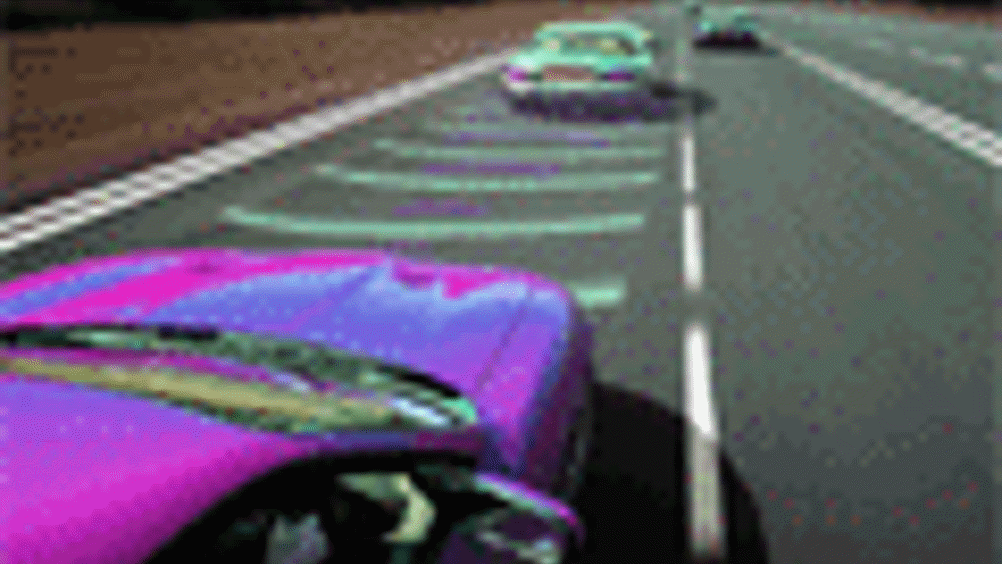Car communication
Two researchers have developed a set of algorithms that will enable cars to communicate with each other and avoid collisions.

Two researchers at the University of the South Pacific’s
Researcher Dr Bhibhya Sharma, who supervised the research, said that the series of mathematical equations would instruct cars when and how to merge lanes, which could lead to less accidents and ease traffic congestion.
The algorithms are based on the concept of flocking, which, according to Dr Sharma, is a biologically inspired technique commonly used in robotics.
'One of the advantages of flocking is that robots can work together and achieve what would take individuals far longer,' he said.
He explained that each car will be controlled by a central processing unit guided by a series of algorithms that control the car.
Register now to continue reading
Thanks for visiting The Engineer. You’ve now reached your monthly limit of news stories. Register for free to unlock unlimited access to all of our news coverage, as well as premium content including opinion, in-depth features and special reports.
Benefits of registering
-
In-depth insights and coverage of key emerging trends
-
Unrestricted access to special reports throughout the year
-
Daily technology news delivered straight to your inbox










Water Sector Talent Exodus Could Cripple The Sector
Well let´s do a little experiment. My last (10.4.25) half-yearly water/waste water bill from Severn Trent was £98.29. How much does not-for-profit Dŵr...